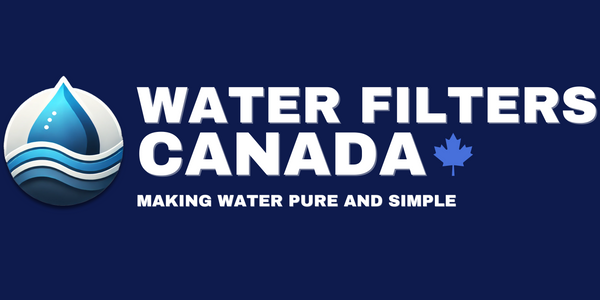What's Really in Our Tap Water?
Across North America, tap water can contain a mix of contaminants like pesticides, industrial chemicals, pharmaceuticals, and even microplastics. Most municipal systems aren't built to remove these modern pollutants. In fact, studies in both the U.S. and Canada have found hundreds of chemical compounds in drinking water — many linked to serious health risks.
